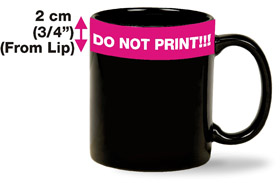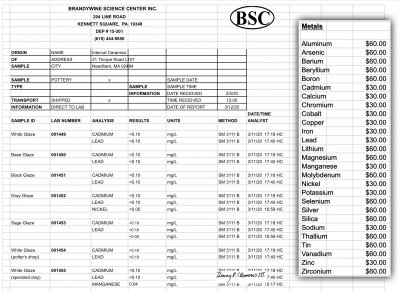Fda has received reports from local health authorities that traditional pottery from several manufacturers in mexico labeled as lead free in fact contains levels of.
Fda maximum levels for leachable lead in ceramic ware.
The use of ornamental or decorative ceramicware to prepare serve or hold food may result in the leaching of lead from the glaze or decoration into the food.
Fda has established maximum levels for leachable lead in ceramicware and pieces that exceed these levels are subject to recall or other agency enforcement action.
Designed to increase the likelihood that chinese ceramic ware complies with u s.
The dishes have leachable lead.
The current list consists of the initial submission on september 16.
A lead is a toxic metal that is used as a component of glazes and decorative decals on ceramics including some ornamental and decorative ceramicware.
In some cases these levels are comparable to levels found in lead glazed pottery and in others they are in excess of the action levels for extractable lead in ceramic foodware set forth in.
In many cases they are not sensitive enough to tell whether the dishes meet proposition 65 standards or to detect lower levels which might still represent a lead hazard.
This list of 740 firms has been provided to fda by cnca per terms of the november 9 2010 fda cnca memorandum of understanding.
These tests are most useful in detecting high levels of lead.
The chocolate industry data indicate that the mean lead level in 226 dark chocolate samples consisting of 9 products was 0 048 ppm the standard deviation was 0 029 ppm and the maximum lead.
Conduct an investigation if a daily use ceramicware product from a cnca ciq certified factory is detained by fda because of an analytical finding of excessive levels of leachable lead or cadmium.
Home test kits use a quick color test system.




























